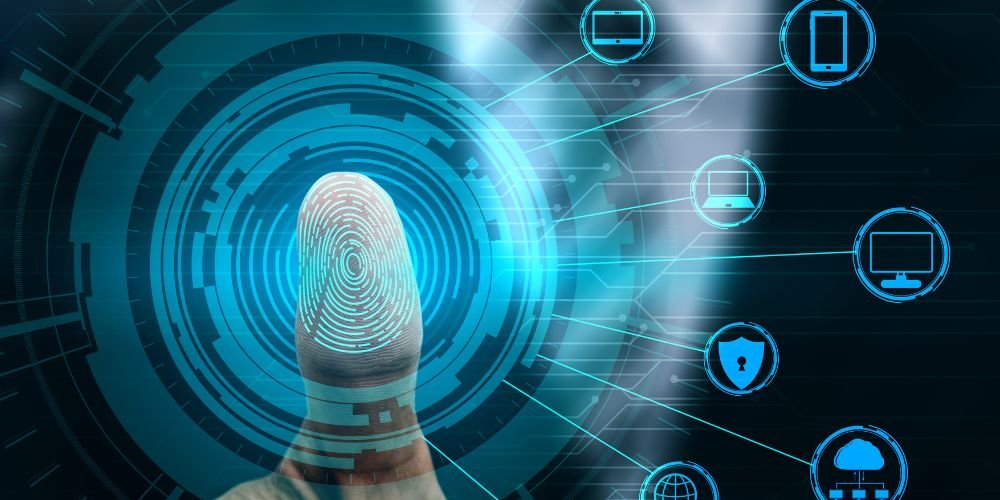Biometric authentication devices have become a sophisticated solution for securing access to sensitive information, systems, and physical spaces. By using unique biological characteristics such as fingerprints, iris patterns, or facial features, these devices offer a highly secure and convenient method of identity verification. In this opinion piece, we will explore the benefits and challenges of biometric authentication devices and their role in shaping the future of security.
Advancing Security and Convenience
One of the primary benefits of biometric authentication devices is their ability to enhance security while offering a seamless user experience. Unlike traditional authentication methods such as passwords or PINs, biometric identifiers are unique to each individual and cannot be easily replicated or stolen. Biometric authentication devices provide a convenient and frictionless way for users to access their devices, applications, and accounts without remembering complex passwords or carrying physical tokens.
Embracing Diversity and Inclusivity
Biometric authentication devices offer an inclusive solution for identity verification that transcends cultural, linguistic, and literacy barriers. Unlike text-based passwords, which may be difficult for individuals with limited literacy or language proficiency, biometric identifiers are based on physical characteristics inherent to each person. This inclusivity makes biometric authentication devices accessible to various users, regardless of their background or abilities, promoting equality and diversity in security practices.
Addressing Security Threats
Biometric authentication devices are crucial in addressing security threats like identity theft, fraud, and unauthorized access. By using biometric identifiers as a form of authentication, organizations can significantly decrease the risk of unauthorized access to sensitive information and systems. Biometric authentication devices provide a higher level of security than traditional authentication methods, as biometric identifiers are unique to each individual and cannot be easily compromised or forged.
Ensuring Privacy and Data Protection
While biometric authentication devices offer enhanced security, they raise privacy and data protection concerns. Biometric data, such as fingerprints or facial images, are highly sensitive and require robust safeguards to prevent unauthorized access or misuse. Organizations must implement strict security measures to protect biometric data from breaches or unauthorized access, including encryption, secure storage, and strict access controls. Additionally, transparent privacy policies and user consent mechanisms are essential to ensure that individuals understand how their biometric data will be used and protected.
Conclusion
Biometric authentication devices represent a significant advancement in security technology, offering a secure, convenient, and inclusive method of identity verification. By leveraging unique biological characteristics, these devices provide a robust defense against security threats while enhancing user experience and accessibility. However, organizations must implement appropriate security measures and privacy protections to mitigate the risks associated with biometric data. With careful planning and responsible deployment, biometric authentication devices have the potential to secure the future of authentication and safeguard sensitive information in an increasingly digital world.












